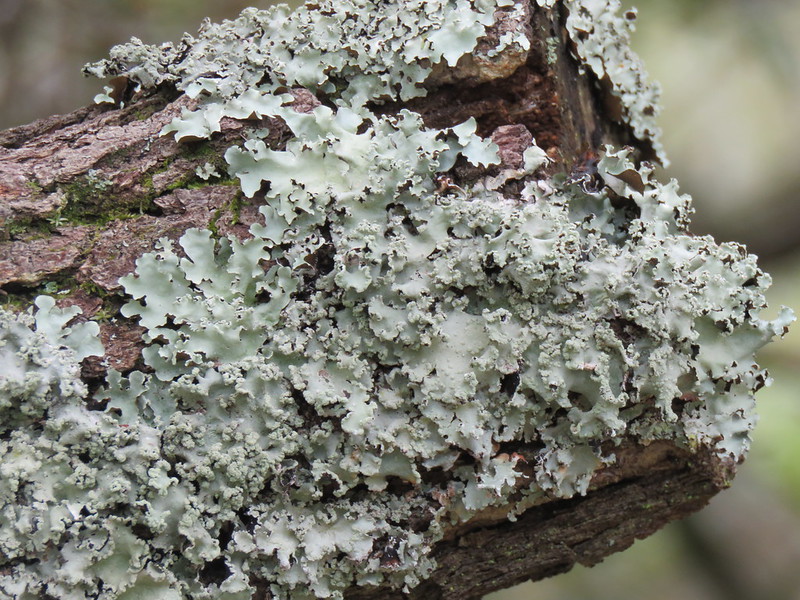Weedon Island Preserve is a 3100-acre county park located in St Petersburg, Florida. It is a wildlife refuge encompassing a series of islands in Tampa Bay, consisting mostly of mangrove swamp and slash pine/cabbage palmetto scrub. There are about five miles of walking trail and another four miles of kayak paths. A 45-foot Observation Tower gives a panoramic view of Tampa Bay.
Some photos from a visit.
For those who don't know, I live in a converted campervan and am traveling around the country, posting photo diaries of places that I have visited. :)
Visitors can also see the remains of the old city airport. During the 1930’s, St Petersburg’s municipal airport was located on Weedon Island. One of the old runways—now overgrown with Cabbage Palms—still exists, along with the floor of one of the aircraft hangars and the foundation and fallen-down section of bathroom wall from the former airport terminal.
But the Preserve’s primary importance is as an archaeological site, centered around a number of Native American burial mounds and midden (trash) piles. In 1923, land promoter Eugene Elliott purchased an island off St Petersburg from Dr Leslie Weedon. Hoping to generate some publicity, Elliott planted some Native American artifacts on one of the mounds and sent a photo to the Smithsonian Institution. When Jesse Walter Fewkes arrived from the Smithsonian to investigate, he quickly realized that though Elliott’s “artifacts" were fake, the mound itself was authentic. Over the next two years, Fewkes excavated some of the burial mounds and some of the shell middens, and found 400 buried skeletons, stone tools, and pottery shards.
The pottery was made in two distinct types—the decorated pots, most in the form of animals or birds, were always found alongside the buried bodies, and were dubbed “sacred” pottery, while in the trash middens the pottery was plain and utilitarian, dubbed “secular” pottery. In his scientific paper describing the finds, Fewkes called the people who lived here the “Weeden Island Culture”, and that mis-spelling of the island’s name has caused confusion ever since.
More mounds were excavated in the 1960’s, and it was established that there were two separate time periods of occupation; Weeden I, from around 300 CE to 800 CE, and Weeden II, from 800 CE to 1200 CE. Similar versions of the Weeden Island Culture were also found in northern Florida, Alabama, and Georgia.
Archaeologists have now concluded that the roots of the Weedon Island culture came from the Manasota culture, which begins at around 500 BCE. It later imported parts of the Swift Creek culture in Alabama and Georgia, which dates from 200-500 CE, and also contains elements from the later Hopewell culture. Weedon Island Culture sites have been found at Mobile Bay in Alabama and the Okefenokee wetlands in Georgia as well as Florida. All of these date from the Middle and Late Woodlands Period, which ended in around 1200 CE.
The Weedon Island people were at least semi-sedentary, living in fixed villages along the coast. Many of these settlements contained ceremonial mounds that were typical of many natives of this time. They lived mostly on seafoods such as fish, shellfish, and sea turtles, and there is little evidence of agriculture.
By the time the Spanish conquistadores arrived in Tampa Bay in 1528, the Weedon Island people had been replaced by a group known as the Calusa. After European contact, the Calusa were virtually wiped out across Florida by smallpox and other diseases, and by the late 18th century, a breakaway group of Creeks entered Florida, found it virtually uninhabited, and formed the culture we know today as Seminoles.
Today, the Cultural and Natural History Center houses exhibits on the history and wildlife found in the park. The museum’s exhibits consist of a variety of shell tools made by the Weedon Island people, a collection of stone tools including scrapers, projectile points, and fishing-net weights, and a 40-foot dugout canoe found at the Preserve that is over a thousand years old. Displays demonstrate the construction of a dugout canoe: the tree (usually cypress) is felled with stone axes, then a fire is built on top of it and the charred wood is scraped out to form the walls of the canoe.
There is also an exhibit of Weedon Island pottery, and a description of how it was made. No pottery wheel was used. The clay was rolled into a rope, then coiled to form the wall of the pottery, the coils were then smoothed, and the pot placed into a fire to harden it into ceramic.
Also on display is a dugout canoe found at the Preserve in 2001 and excavated in 2011. Made from a single hollowed-out pine log, the canoe is about 1,100 years old and measures over 40 feet long—the longest dugout found in Florida.
 The Preserve
The Preserve
 Inside the museum
Inside the museum
 Pottery shards and projectile points
Pottery shards and projectile points
 Dugout canoe
Dugout canoe
 Reconstruction of dugout canoe
Reconstruction of dugout canoe
 Boardwalk nature trail
Boardwalk nature trail
 Mangrove Crab
Mangrove Crab
 Black Mangrove pneumatophores
Black Mangrove pneumatophores
 Red Mangrove prop roots
Red Mangrove prop roots
 White Ibis, Snowy Egret, and Great Egret
White Ibis, Snowy Egret, and Great Egret
 Lichens
Lichens
 Some colorful shelf fungus
Some colorful shelf fungus
 Armadillo hunts for lunch
Armadillo hunts for lunch
 The old airport terminal
The old airport terminal
 Observation tower
Observation tower
 A view from the tower
A view from the tower
 The original excavation area, now closed off
The original excavation area, now closed off


